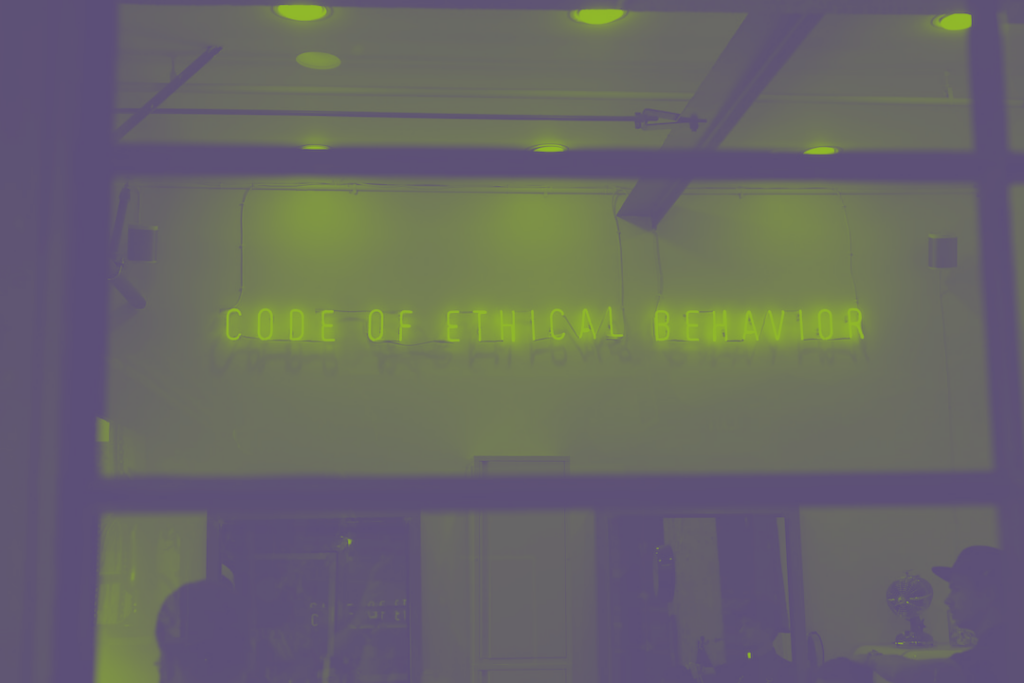When studying behavioural analysis and deception detection techniques, I often heard the instructors say, “Focus on the act, not the person.” We have these words like “unburdening”, “forgiving”, or “letting go” used in association with guilt. To shed guilt requires a focus on the act.
Years later, as sentience gripped the kids, I read some parenting books that made similar suggestions. Most of these books excel in tedium, so I’ll use a creative license – focus on the behaviour, not their character. Don’t say, “You’re a little t*rd, Timmy”, instead focus on the action, “Gut-punching the cat wasn’t a nice thing to do, was it?”

What the training had done well, and the parenting books fumbled, was the same concept: focus on our actions, allowing us to unburden the guilt, learn and move on. In an investigative sense, we want the interviewee to talk. A significant barrier to talking is our feelings of shame. Guilt may be directed at the act – “I shouldn’t have snapped at my kid.” Shame is directed at the self – “I’m such a rubbish parent.” You can see that one is much harder to get past than the other. If we’re shaming people by piling onto their judgment and inner self-critic, they may clam up, fight back, or spiral.
It’s no surprise that we justify our ethical errors by side-stepping shame. How might we reduce the likelihood of these moral mishaps without the pomposity of parenting books or the shaming of individual failure?
How we rationalize
There are books on this topic, and the ethical excuses bingo below gives just a smattering of the justifications for ethical ducking & diving.

I’ll pick on a few themes, for starters:
- Downplaying harm – If I fudge my expenses and take a little extra, it’s not like the company will even know; someone else would have done it if I didn’t, etc.
- Not my idea– I was told to (the personal agency dodge), others do/did it, market norms, I was just one person, etc.
- Reinterpreting – making ourselves feel better about actions, often euphemistic using language (grease payments, tea money, small favour, etc.).
Reworking reinterpretation
Reinterpreting is the hardest one to solve in most organisations. Why? Because weasel words and a lack of honesty have become so ubiquitous as to be normalised.
🤬 Downsizing
🤬 Retrenchment
🤬 Pivot
🤬 Economical
🤬 Investment
🤬 Outstanding payment
🤬 Restructure
🤬 Challenge/opportunity
If you’ve been at the end of any of these, it might have felt worse than the language initially suggests. Add onto this a societal pressure (in some contexts) to put feelings ahead of objective reality, and it’s hard to negate reinterpretation. That’s the bad news. The good news is that this is the easiest area of ethical failure to address.
Ethics falls over in the space between our internal intention and external observation. Asking people to consider their intention and how it might appear is less confronting than outright dismantling the reinterpretation.
Not my idea, entirely
Challenging the “not my idea” defence can be fun. Use a bit of mirroring language.
- “You always have to make these payments; it’s a market practice.”
- “Always?”
- “Well, almost always.”
- “Almost always?”
- “Well, sometimes you don’t have to.”
- “Sometimes you don’t have to?”
- “Yes, [sets out conditions/exceptions].”
- “[Discuss how to replicate those conditions]”
I am oversimplifying to fit a newsletter, but you get the idea [pun intended]. We can query “not my idea” without making it about judgment, focusing on the actions, conditions, and behaviours.
Harmless interventions
Downplaying harm doesn’t offer easy solutions or summations. It’ll be thematic (and sometimes case-by-case). I’ve investigated a few very large frauds where I actually sympathised with the downplaying harm – the culprit was so shoddily treated, and the organisation was seemingly indifferent.
The good news is that it’s easier to detect this disjoint and malaise with early interventions. In recent anonymous user experience and ethical culture surveys, a few questions have helped as early warning indicators. For instance, “I am incentivised to behave ethically,” “I am treated fairly,” and “I am held accountable for my actions.” You’d be surprised at the answers to the last one!
Where next?
I opted for ground covered, not depth, in this edition. Ethical errors and moral mishaps can be grouped to some extent. But the interventions must be singular in focus – focused on behaviour, not judgment (and shame).
If I look back at the awareness-raising training I was co-running a decade (more) ago, it was judgmental. “How would it look on the front pages of a newspaper?” “What would your friends and family think?”
Most of us have enough negative internal chatter. We don’t connect on ethics by amplifying those voices.
